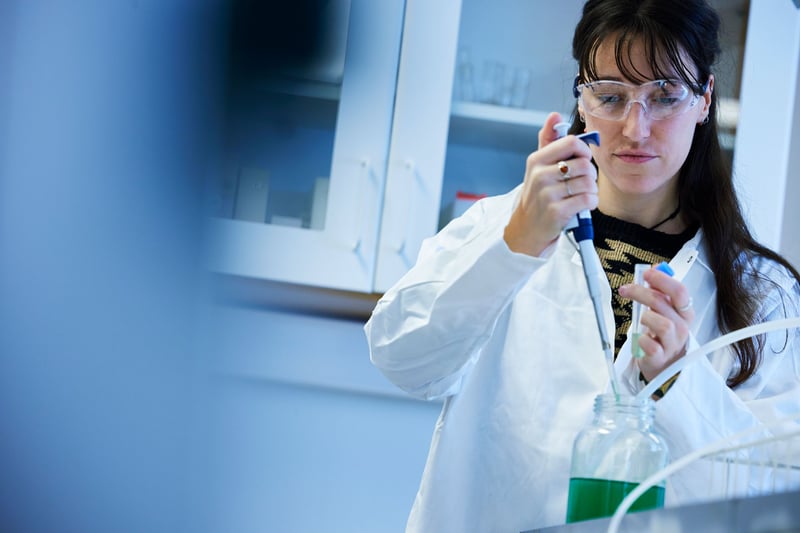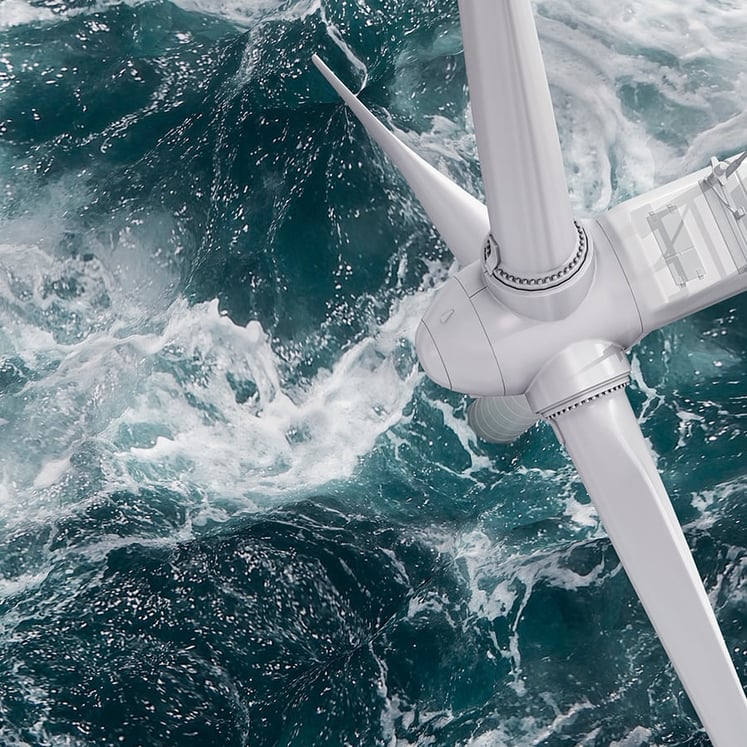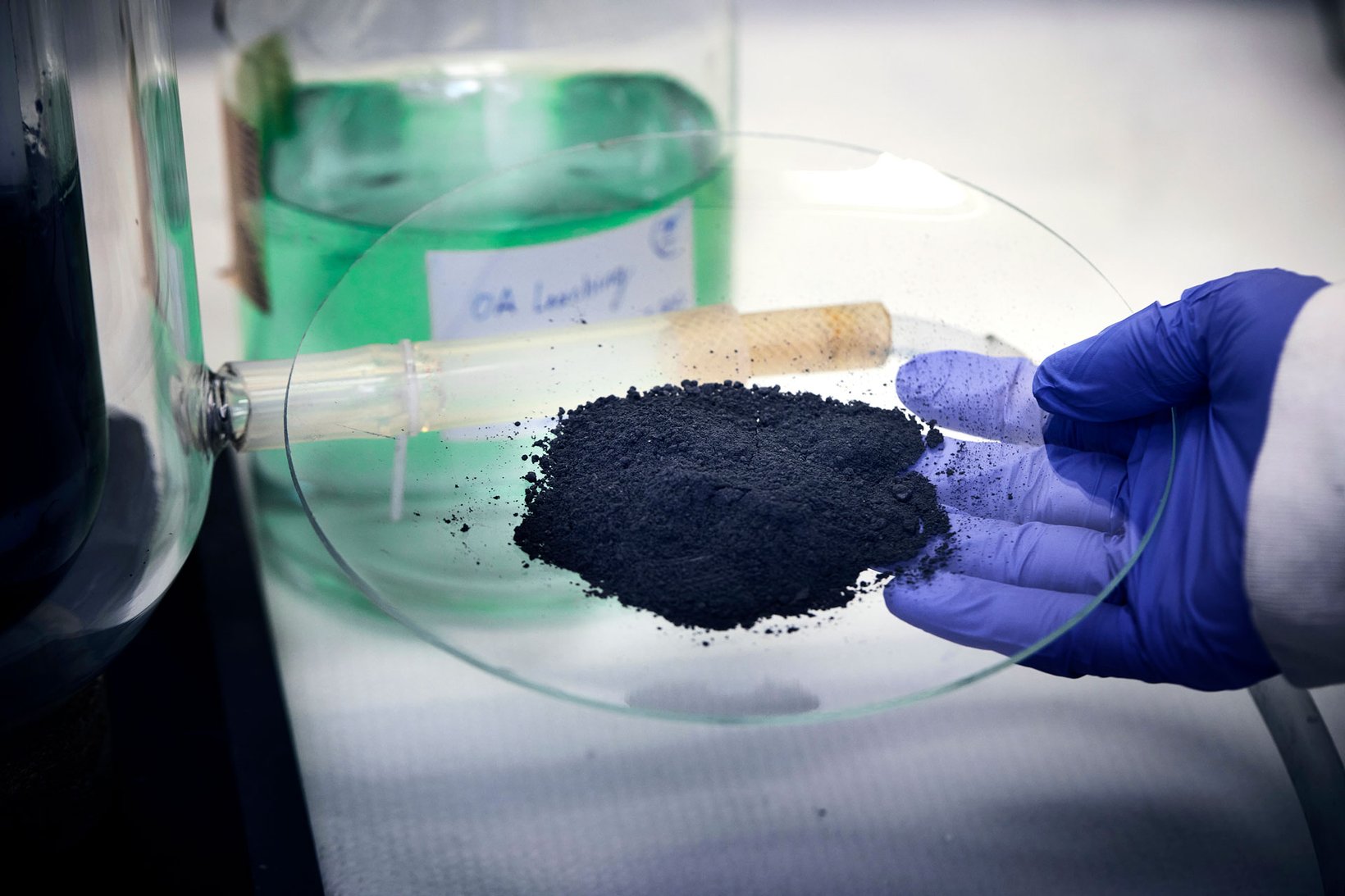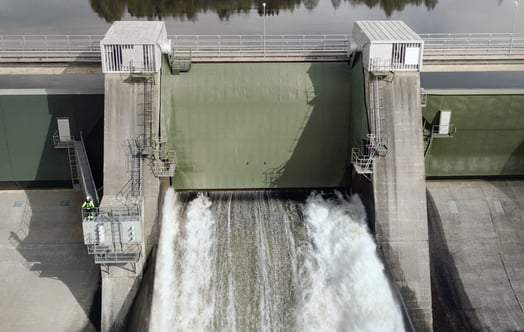More and more batteries will be needed in the future. This also means that more batteries will have to be recycled or reused. But which method is the most effective and sustainable? Well, as we discovered, it depends on which cutting-edge researcher you ask.
In the future, a more sustainable and fossil-free era will entail significantly increased demand for batteries. Take the transportation sector: Over the next decade, the number of electric vehicles – and their batteries – is expected to increase by more than 200 million. That’s a lot of batteries. The issue of how to manage these batteries is set to become an increasingly hot topic. In recent years, two distinct approaches have emerged: recycling and reuse.
Recycling is based on reusing metals extracted from batteries. By subjecting discharged batteries to either extremely high temperatures (known as pyrometallurgy) or, more commonly now, chemical solutions (known as hydrometallurgy), the various metals contained in batteries are separated.

Leá Rouquette, PhD student. Photo by Anna Lena Lundqvist
Recycling means independence
Leá Rouquette, a PhD student in Energy and Materials, Chemistry, and Chemical Engineering at Chalmers University in Gothenburg, emphasizes the importance of recycling materials contained in batteries:
"I don’t understand why you wouldn’t attempt to recycle the various raw materials contained in batteries. All these really valuable and critical elements are associated with environmental damage and socio-political problems. By recycling these materials, we’re slightly improving their availability and increasing Europe’s independence in terms of battery production. More recycling means that we depend less on countries outside Europe with worse working conditions," Rouquette says.
The French researcher, in collaboration with Associate Professor Martina Petranikova, recently conducted successful tests using a new method that utilises oxalic acid on concentrate of active material from ground electric vehicle batteries. This method achieved the recovery of 99 per cent of lithium and all aluminum.
The hope is to reuse these metals for production of new cathode electrode, although there is still progress to be made before the method can be scaled up.
The second approach – reuse – focuses on fully utilizing battery power. This is not always the case today. When an electric vehicle battery is deemed exhausted, as much as 70 to 80 per cent of its capacity may remain. Rapid consumption of smartphones is another example, where phones are replaced long before their batteries are depleted.
To use a larger portion of a battery's capacity, you can, for instance, collect batteries and assemble them into Battery Energy Storage Systems (BESS) for use in other settings.
Register for our monthly newsletter THE EDIT
THE EDIT is Vattenfall's new monthly newsletter. Each issue highlights a new burning issue from the world of sustainable energy and fossil freedom.

A method with great potential
Balakumar Balasingam, a professor at the Department of Electrical & Computer Engineering at the University of Windsor in Ontario, Canada, has researched reuse and BESS, and sees significant potential in the method:
“Electric vehicle batteries can be reused in a lot of ways. To drive an EV, you need very high power loads, whereas in many other applications, you need much less. For example, small scooters can reuse EV batteries. It could also be used in a power grid."
Ultimately, the desired application is the key factor in determining whether a battery should be reused or recycled. As Petranikova says:
"You might argue that if something is made, it should be used for as long as possible, but there’s more ways to look at it."
Another perspective is that we should take a 10-year-old battery containing cobalt, for example, and create new batteries from it with better technical characteristics due to technological advances.
When asked which of these methods will be more important, the answer might be: both.
Balasingam emphasizes the importance of recycling after reuse:
"Even after reuse, a battery should go to recycling because all these raw materials need to be taken out in the end. And the technology is there. Is it as efficient as it can be? No, not yet, and it takes a lot of energy right now, but it’s growing and developing fast. In the future, the best way would be to use a battery, reuse it in another application, and then recycle it.”




